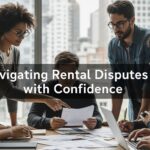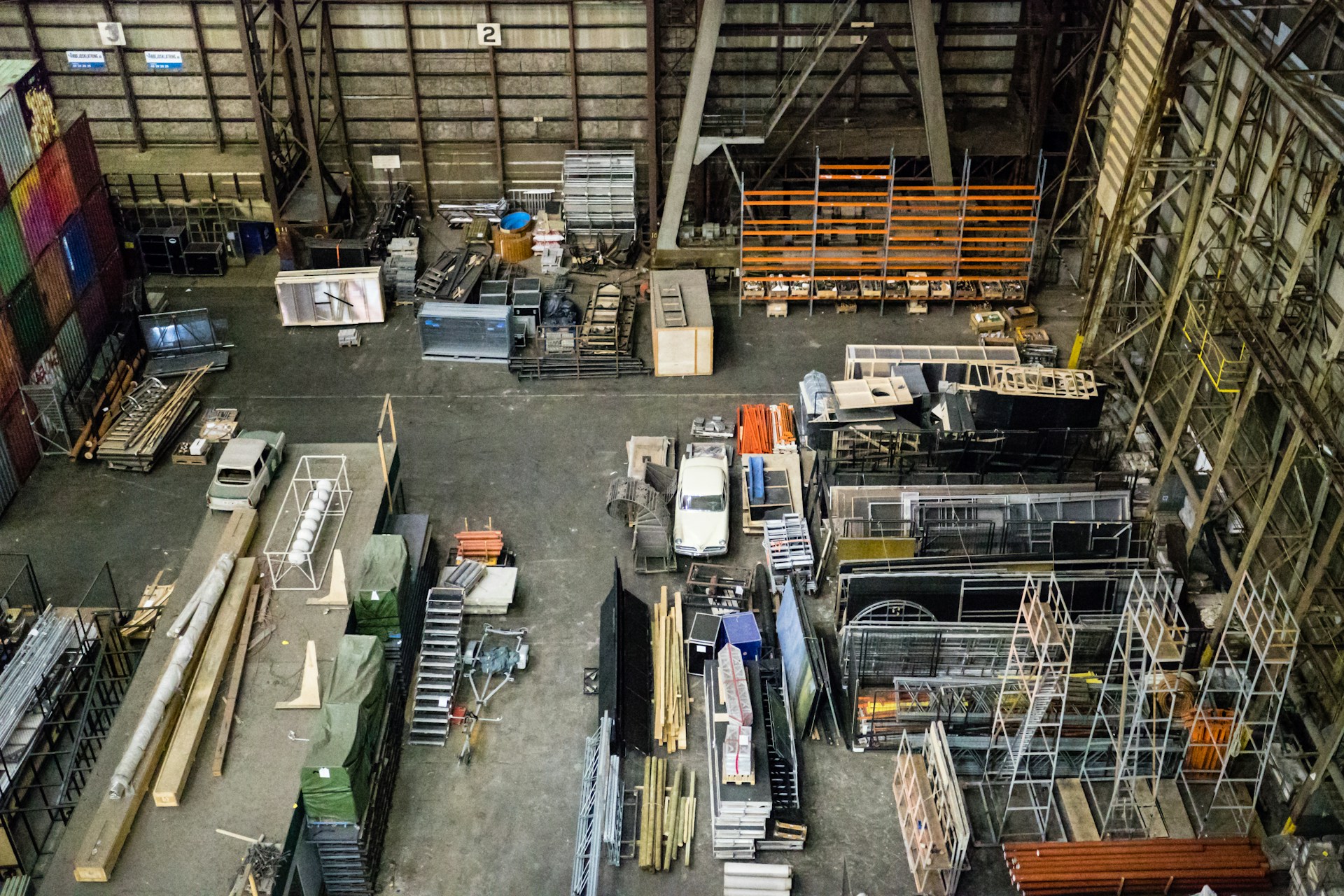How did you realize or notice that you were an artist?
Much of my work is performative, through writing and composition of texts, plays, and songs. I was crafting these at a young age. In college, I was more interested in film and photography, but I was always writing and performing my words. After starting to work at the Philadelphia Museum of Art, when I was 23, I got very serious about painting and figure drawing. At the same time, I started to explore fiber work, beginning with knitting and sewing.
What does an average workday look like for you?
Since my studio work is varied, I spend time writing and recording music, but on the same day I may step away from the sound art and focus on a weaving project. I have much more than one piece in my mind and on my loom or on a hoop.
What inspires you to make the work you’re currently creating?
The series of global women was inspired by a feature by the International Museum of Women and Global Fund for Women. They featured me in an exhibition called “Imagining Equality.” I was inspired to continue my series and to craft portraits of global women artists, ranging from those whom I had met during my Fulbright in Ethiopia to those whom I admired for their accomplishments, such as Malala and Michelle Obama.
Are you currently inspired by any other people’s art, if so who/what?
I am inspired by community activism work, where artists transform spaces and work as teaching artists to create a product of self-esteem and accomplishment with their community collaborators. The impact is significant on all of the participating artists, no matter their ages.
Do you feed yourself anything (sound, art, food, anything) that you think is important to your “success” as an artist?
I tend to write my own soundtracks for cross-genre pieces, using keyboards, voice, accessory percussion, and found sound. I eat quite a lot of vegetables, and I am fascinated with the OTOTO, and I aspire to make some music with vegetable instruments. But my successes are often the result of a good amount of rest. I travel quite often in the car, and when I am a passenger, I admit to making on the road fiber art. Some of the best pieces have been constructed roadside.
What makes you feel like you’re doing a “good job” in your art practice?
The clarity of the forms, the integrity of the sounds…I ask myself would I listen to this song if it were not my own? I use the finest quality of fibers: handspun silk and wool, fibers garnered fair trade, and materials I traveled directly to farms to access. It is fantastic to meet the animals who have supplied my cruelty free angora and wool.
How do you select or come to use the specific family photographs that you do?
The family photographs I used were found in a back closet of my childhood bedroom. I used to stay up late looking at our family histories, and now years later, the images that resonate with me are sometimes those I have not yet seen, or those that stand out in the albums as fine shots, those that I want to be able to revisit with each stitch.
Tell us a story about one of your recent pieces.
My mother’s story is important to me. She had a full education of Polish school, danced to sixties anthems, and summered on Jersey Beaches. She approves of the product, and she loves to see herself in new fiber forms. It was the “Jersey Shore 1960” piece where I got to see her smile as she recognized her image and her red bikini.
How is art important in telling the stories of personal history?
By taking the personal history and translating it into a progression of stitches, as an artist, I am able to put the subject into a new form, transform black and white to colors I choose and experience the scene and the events of the day in a way that gazing into a photograph does not allow. I create my own histories, put myself in my foremother’s place, and shape my own legacy.
What kinds of stories do your pieces tell?
I created a series of young women artists featuring women who played in bands and who were incredible artists in their own right, including musician Lora Bloom, artist/musician Jamie Campbell, and sculptor Michelle Frazier. If anyone deserved to hang in a gallery on a tapestry, it was these three. I have an entire series of pieces based on the Coney Island Mermaid parade, documenting the kinesthetic art of these performers.
Why do you choose to engage in collaborative community art projects?
I have been participating and seeking out collaborative community art projects since my teens, whether they were Take Back the Night marches, murals, coffeehouse shows, yarn bombs (community commissioned outdoor sculptures) or more recently the Ragdoll Project for human trafficking awareness (with Joanna Fulginiti), where we organized a national touring show to benefit a local shelter directly.
How does public art matter?
Public art can raise awareness, raise funds for organizations in need, and it shapes the morale of communities. If communities take pride in clean, decorated spaces, and they come together to create projects, it builds the community.
How does your city affect/influence your art?
The City of Philadelphia has offered me and many artists grants to do community arts. I was able to curate a show of multicultural women artists in my neighborhood and to offer them the honor of being spotlighted in a show. Because of a city grant, I was invited to facilitate arts workshops as part of the Night Market, where countless food trucks and artists come to neighborhoods for a one-night festival. I was able to take free teaching artists workshops, apply for several funded studio opportunities, and to share my own resources with my fellow artists and university students as a workshop speaker and a member of co-working spaces. It is accessible and affordable to be an artist in Philadelphia, and there are many of us.
What is your art community like? Things you’re grateful it provides, other things you’d like to receive from your art community in the future?
I have a large art community, as a member of the coworking space, Culture Works Greater Philadelphia and of the tech “gym for innovators” NextFab where I share equipment access. I am a juried member of the third oldest art club in the United States, the Plastic Club, and I am a member of the Philadelphia Handweaver’s Guild and the Da Vinci Art Alliance, founded in 1931. Philadelphia has a rich history that it preserves through these longstanding art groups. As a member of the National Women’s Caucus for Art, I have had exhibition opportunities to show in New York, Los Angeles, DC, Michigan, and St. Louis.
How do you use your home space versus studio space? What are the different spaces you’ve used for art-making as an artist? Any hopes for future art-making spaces?
I spend two days per month at NextFab, concentrating my time on using the machines in the fiber studio. I tend to do most work in my home studio, but I have found that I really only like to paint in the backyard, so during these winter months, I spend time in other mediums. I haven’t favored much painting beyond gouache indoors.
What do you like about being an artist that works across several different mediums?
I have more flexibility to be my own collaborator and be an author and artist in different genres.
I didn’t realize you were also a sound artist! How did that begin?
I was always writing songs and doing performance art pieces. All of my plays and films were scored by me. I enlisted collaborators to craft songs. I played in the bands Artaud’s Theme Song (in the 90s and early 2000s), Dental Dames (2011-2015), and Rabbitry (2013-present.) I released songs under my own name and under band names (as on Riot Grrrl Berlin compilations and on the Classwar Karaoke label in Manchester, UK).
And what sound art (or other phrase you prefer) are you currently working on?
Rabbitry is my solo work. I am currently recording a collaborative track with Dr. Anthony Donovan, distinguished musician, theorist, curator, and composer, who founded the Classwar Karoake label in 2008. The song is for the 30th release on the label. I’m continuing to work on songs with my Dental Dames bandmate, Lora Bloom for a new project.
Any advice to artists at the beginning of their careers?
Artists should not feel trapped in studio walls. Every community has resources, whether it is art groups, teaching artist workshops, open calls for art. Also, do not feel that every show needs to be a solo show. That is a difficult feat to come up with new work for every show and fill a space. Often community art collaborations and group shows allow an artist to encounter a larger audience, drawn by each artists’ communities. Grants are not unattainable. There are a number of emerging artist grants available to artists and those for artists of a certain age. Residencies are out there, some of which allow for travel stipends.
Anything else about your work, your inspirations, you or your art philosophies that you want to share that you haven’t already said?
I have always felt indebted to my time with amazing mentors, particularly Hélène Cixous and Agnès Varda, both of whom I studied under while at the Sorbonne Paris IV and Paris VIII. When I did my Fulbright in Ethiopia in 2009, I encountered so many incredible thinkers and learned lessons in fiber techniques and preserving community that I will never forget.










